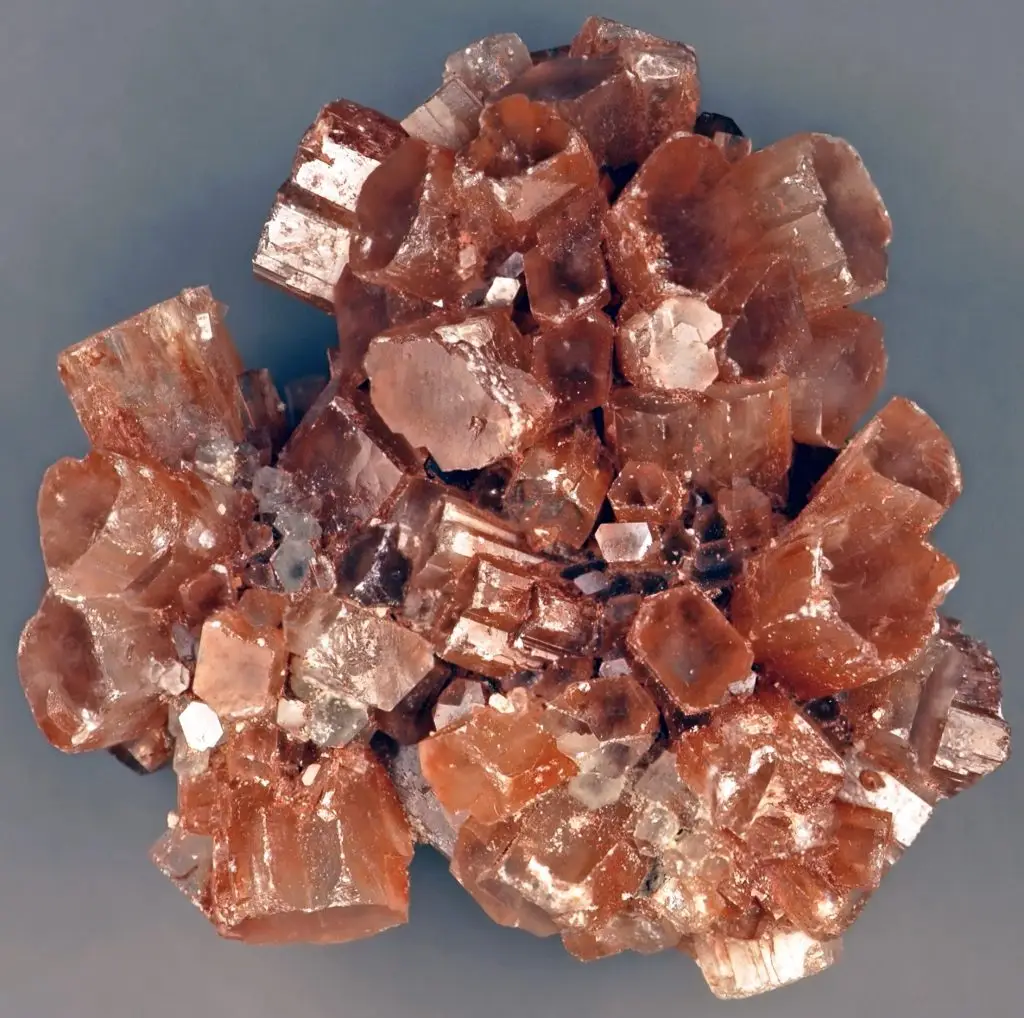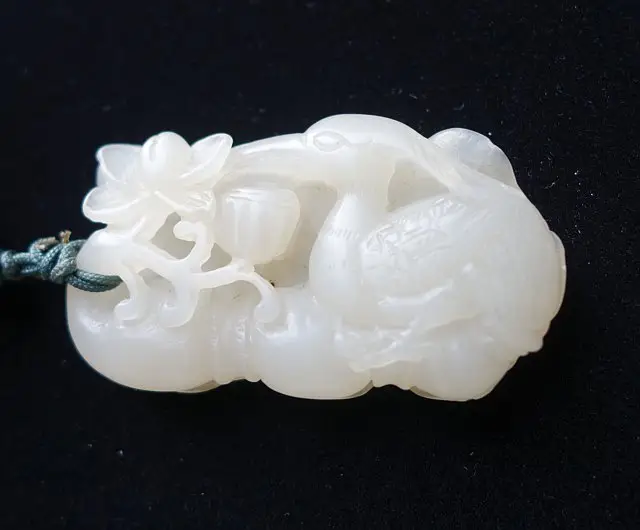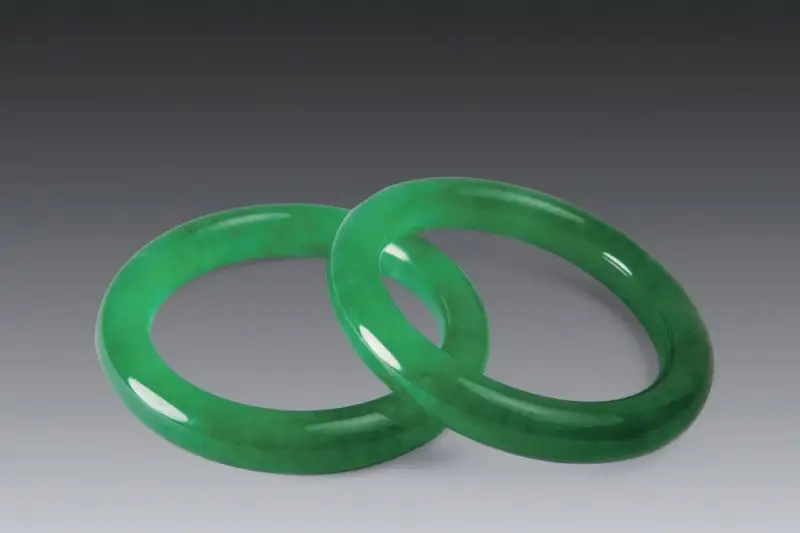Introduction
Aragonite’s name originates from Aragon, Spain. It is composed of calcium carbonate, often with manganese and iron, and is a polymorph of calcite, sharing the same composition but differing in crystal system. Due to its lower chemical stability, aragonite is less common and often transforms into calcite in nature.
Aragonite crystals are typically prismatic or needle-like and may appear as twinned crystals resembling hexagonal prisms. Its color ranges from white to yellow and reddish-brown. Single aragonite crystals are rarely used in jewelry, but various aragonite aggregates, like onyx, are widely used. Onyx is especially famous for its vivid colors and patterns after polishing.
Aragonite:
Aragonite, along with calcite, siderite, rhodochrosite, dolomite, chlorite, iron oxides, and zeolites, forms aragonite-rich gemstones. Onyx, formed in cavities, often appears in botryoidal or spherical shapes, and its distinctive “eye” patterns make it highly sought after by collectors after polishing.
Ammolit:
Ammolite, derived from ammonites, is another aragonite gemstone. Named after the Egyptian god Ammon for its resemblance to a ram’s horn, ammolite is a fossilized shell that took millions of years to form. Its mineral composition is mainly aragonite, with minor calcite, and its layered structure gives rise to opalescent iridescence.

(Figure 1) 1
Aragonite
- Crystal system: orthorhombic crystal system
- Hardness: 3.5~4
- Specific gravity: 2.93~2.95
- Gloss: glassy luster, grease-like luster
- Transparency: transparent to translucent
- Color: yellow, blue, green, white, red
- Refractive index: 1.530~1.686
- Birefringence: 0.156
- Fluorescence: Multiple variations
- Cleavage: a set of good cleavages
- Features: Extremely strong birefringence
- Imitation: Rare imitation
Commercial Value of Aragonite

Figure 2
Aragonite: Variations in its mineral composition depending on the source lead to different qualities of onyx. The best specimens feature clear “eyes” and distinct colors. Onyx is commonly used in decorative stones, carvings, and seals.

Figure 3
Ammolite: When selecting ammolite, focus on the variety and distribution of iridescent colors. Common colors include yellow, brown, and red, with darker reds indicating proximity to the surface during formation. Blue is rarer, while purple is the most valuable. Ammolite with full iridescent surfaces is more desirable than those with fragmentary patterns, though both types have their admirers.
Ammolite’s surface is fragile and cannot be left exposed to the air. It is typically coated for protection against oxidation and damage. Due to the pressure ammolites experience in geological layers, most are found in fragments, making complete fossils rare.
Aragonite-based gemstones are soft and sensitive to acids, so proper care is essential. Avoid scratches, impacts, exposure to hot springs, or contact with corrosive substances to preserve their appearance.
Follow Honway to learn more about the characteristics of gemstones~
Photo Credit:
- James St. John,www.flickr.com/photos/jsjgeology/32166079176 ↩︎
- Penghu Little Skylark, www.flickr.com/photos/abelard/10053534725919 ↩︎
- James St. John,www.flickr.com/photos/jsjgeology/39534752580 ↩︎


